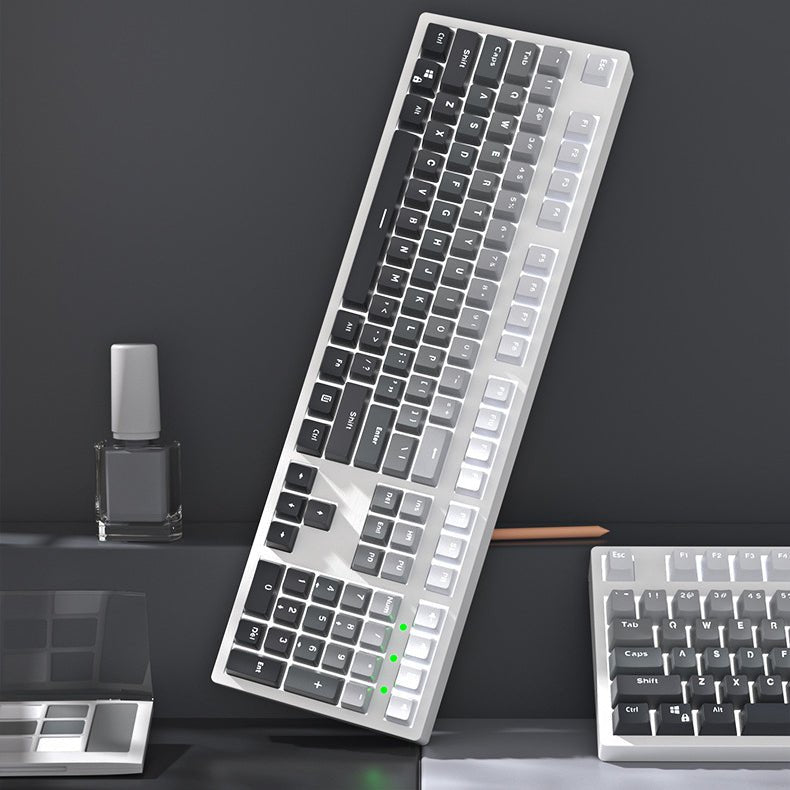When you glance at the keyboard in front of you, it's likely that the first six letters on the top row spell out "QWERTY." This seemingly random arrangement of letters is no accident; it's the standard keyboard layout that most of us use daily. But what exactly is a QWERTY keyboard, and why is it so ubiquitous?
The Origins of QWERTY
The QWERTY keyboard layout was designed in the early 1870s by Christopher Latham Sholes, a newspaper editor and printer who is also credited with inventing the first practical typewriter. The initial versions of Sholes' typewriter had a different layout, but the keys were prone to jamming when typists pressed two adjacent keys in quick succession.
To address this issue, Sholes rearranged the keys to reduce the likelihood of jams by placing commonly used letters apart from each other. The result was the QWERTY layout, named after the first six letters on the top row of the keyboard. While the arrangement might seem inefficient today, it was actually a clever solution to a mechanical problem of the time.
Why is QWERTY Still Used Today?
Despite the advent of digital technology, the QWERTY layout has remained the standard for most keyboards worldwide. There are several reasons for its enduring popularity:
-
Familiarity: Most people learn to type on QWERTY keyboards, making it the default layout for millions. Switching to a different layout would require retraining and adjusting, which many find unnecessary.
-
Standardization: Over time, QWERTY became the de facto standard for typewriters and later for computers. This widespread adoption made it difficult for alternative layouts to gain traction.
-
Legacy Systems: Many industries and systems were built around the QWERTY layout, making it costly and complicated to change to a different keyboard layout.
Alternatives to QWERTY
While QWERTY is the most common layout, it's not the only one. Over the years, alternative layouts have been developed to improve typing efficiency and ergonomics. Some of the notable alternatives include:
-
Dvorak Simplified Keyboard: Created by Dr. August Dvorak in the 1930s, this layout is designed to increase typing speed and reduce finger movement by placing the most commonly used letters on the home row.
-
Colemak: Introduced in 2006, Colemak is a modern alternative that aims to retain the familiarity of QWERTY while improving typing efficiency. It makes fewer changes than Dvorak, making it easier for QWERTY users to transition.
-
AZERTY and QWERTZ: These layouts are variations of QWERTY, used primarily in France and Germany, respectively. They adjust the placement of some letters and symbols to better suit the needs of the local language.
Is QWERTY the Best Layout?
The question of whether QWERTY is the best layout depends on how you define "best." For most people, the familiarity and standardization of QWERTY make it the most convenient choice. However, for those looking to optimize their typing speed or reduce strain on their fingers, alternative layouts like Dvorak or Colemak might offer advantages.
In the end, the QWERTY keyboard is a product of its time, a solution to a mechanical problem that has persisted into the digital age. Its continued use is a testament to its effectiveness and the power of standardization. Whether or not it's the best layout, QWERTY remains an integral part of our typing experience, shaping how we interact with technology every day.






